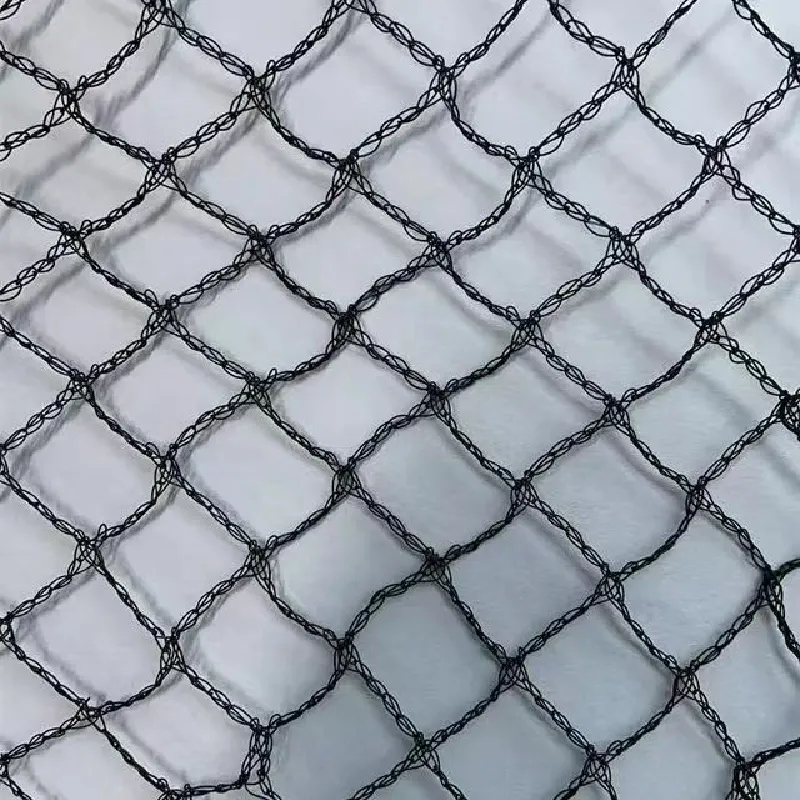-
 Afrikaans
Afrikaans -
 Albanian
Albanian -
 Amharic
Amharic -
 Arabic
Arabic -
 Armenian
Armenian -
 Azerbaijani
Azerbaijani -
 Basque
Basque -
 Belarusian
Belarusian -
 Bengali
Bengali -
 Bosnian
Bosnian -
 Bulgarian
Bulgarian -
 Catalan
Catalan -
 Cebuano
Cebuano -
 China
China -
 Corsican
Corsican -
 Croatian
Croatian -
 Czech
Czech -
 Danish
Danish -
 Dutch
Dutch -
 English
English -
 Esperanto
Esperanto -
 Estonian
Estonian -
 Finnish
Finnish -
 French
French -
 Frisian
Frisian -
 Galician
Galician -
 Georgian
Georgian -
 German
German -
 Greek
Greek -
 Gujarati
Gujarati -
 Haitian Creole
Haitian Creole -
 hausa
hausa -
 hawaiian
hawaiian -
 Hebrew
Hebrew -
 Hindi
Hindi -
 Miao
Miao -
 Hungarian
Hungarian -
 Icelandic
Icelandic -
 igbo
igbo -
 Indonesian
Indonesian -
 irish
irish -
 Italian
Italian -
 Japanese
Japanese -
 Javanese
Javanese -
 Kannada
Kannada -
 kazakh
kazakh -
 Khmer
Khmer -
 Rwandese
Rwandese -
 Korean
Korean -
 Kurdish
Kurdish -
 Kyrgyz
Kyrgyz -
 Lao
Lao -
 Latin
Latin -
 Latvian
Latvian -
 Lithuanian
Lithuanian -
 Luxembourgish
Luxembourgish -
 Macedonian
Macedonian -
 Malgashi
Malgashi -
 Malay
Malay -
 Malayalam
Malayalam -
 Maltese
Maltese -
 Maori
Maori -
 Marathi
Marathi -
 Mongolian
Mongolian -
 Myanmar
Myanmar -
 Nepali
Nepali -
 Norwegian
Norwegian -
 Norwegian
Norwegian -
 Occitan
Occitan -
 Pashto
Pashto -
 Persian
Persian -
 Polish
Polish -
 Portuguese
Portuguese -
 Punjabi
Punjabi -
 Romanian
Romanian -
 Russian
Russian -
 Samoan
Samoan -
 Scottish Gaelic
Scottish Gaelic -
 Serbian
Serbian -
 Sesotho
Sesotho -
 Shona
Shona -
 Sindhi
Sindhi -
 Sinhala
Sinhala -
 Slovak
Slovak -
 Slovenian
Slovenian -
 Somali
Somali -
 Spanish
Spanish -
 Sundanese
Sundanese -
 Swahili
Swahili -
 Swedish
Swedish -
 Tagalog
Tagalog -
 Tajik
Tajik -
 Tamil
Tamil -
 Tatar
Tatar -
 Telugu
Telugu -
 Thai
Thai -
 Turkish
Turkish -
 Turkmen
Turkmen -
 Ukrainian
Ukrainian -
 Urdu
Urdu -
 Uighur
Uighur -
 Uzbek
Uzbek -
 Vietnamese
Vietnamese -
 Welsh
Welsh -
 Bantu
Bantu -
 Yiddish
Yiddish -
 Yoruba
Yoruba -
 Zulu
Zulu
plastic mesh for plastering
The Benefits of Plastic Mesh for Plastering
In the construction and renovation industry, the materials used for plastering can significantly affect the durability and finish of a project. One innovative solution that has gained popularity in recent years is the use of plastic mesh for plastering applications. This versatile material provides a range of advantages over traditional methods and is increasingly being adopted by contractors and DIY enthusiasts alike.
Understanding Plastic Mesh
Plastic mesh, often made from polyethylene or polypropylene, is a lightweight, flexible material that can withstand the rigors of construction work. Unlike metal lath, which can corrode and rust over time, plastic mesh remains stable and unaffected by moisture. This attribute makes it particularly useful in environments where the risk of water damage is high, such as basements and bathrooms.
Key Advantages of Plastic Mesh in Plastering
1. Enhanced Durability One of the primary benefits of using plastic mesh is its exceptional durability. It is resistant to rot, corrosion, and decay, ensuring that plaster adheres securely over time. This longevity is crucial for maintaining the integrity of plaster finishes, especially in humid or wet conditions.
2. Lightweight and Easy to Handle Compared to traditional metal lath, plastic mesh is much lighter. This makes it easier to transport and install, reducing labor costs and time spent on the job. Workers can cut and shape the mesh with minimal effort, allowing for a more efficient plastering process.
3. Flexibility and Versatility Plastic mesh can be molded to fit various surface shapes and sizes, allowing for more creative design possibilities. Whether it’s for traditional walls, curved surfaces, or intricate architectural elements, plastic mesh can accommodate the unique requirements of each project.
plastic mesh for plastering

4. Cost-Effectiveness The affordability of plastic mesh compared to other plastering substrates is another significant advantage. Its durability means fewer repairs and replacements in the long run, resulting in overall cost savings for builders and homeowners.
5. Improved Adhesion The design of plastic mesh provides a rough surface that promotes better adhesion of plaster. This allows for a stronger bond between the plaster and the underlying surfaces, minimizing the risk of cracking and delamination.
6. Environmental Considerations Many plastic meshes are manufactured using recycled materials and are recyclable themselves, making them an environmentally conscious choice for sustainable building practices. This is increasingly important in a world that demands responsible sourcing and waste reduction.
Applications of Plastic Mesh
Plastic mesh can be utilized in a variety of plastering applications. It is commonly used for interior and exterior plastering work, as well as in stucco systems. Additionally, its lightweight nature makes it suitable for lightweight partition walls and other non-load-bearing applications. Whether renovating a home or constructing a new commercial building, plastic mesh provides a reliable solution for a range of plastering needs.
Conclusion
In conclusion, plastic mesh is revolutionizing the plastering process in the construction industry. Its durability, flexibility, and cost-effectiveness make it a superior choice over traditional materials. As builders and homeowners continue to seek innovative solutions that enhance the quality and longevity of their projects, the use of plastic mesh will undoubtedly continue to grow. Embracing this modern material can lead to better results and a more efficient plastering process, ultimately contributing to the overall success of construction ventures.
-
Shipping Plastic Bags for Every NeedNewsJul.24,2025
-
Safety Netting: Your Shield in ConstructionNewsJul.24,2025
-
Plastic Mesh Netting for Everyday UseNewsJul.24,2025
-
Nylon Netting for Every UseNewsJul.24,2025
-
Mesh Breeder Box for Fish TanksNewsJul.24,2025
-
Expanded Steel Mesh Offers Durable VersatilityNewsJul.24,2025











